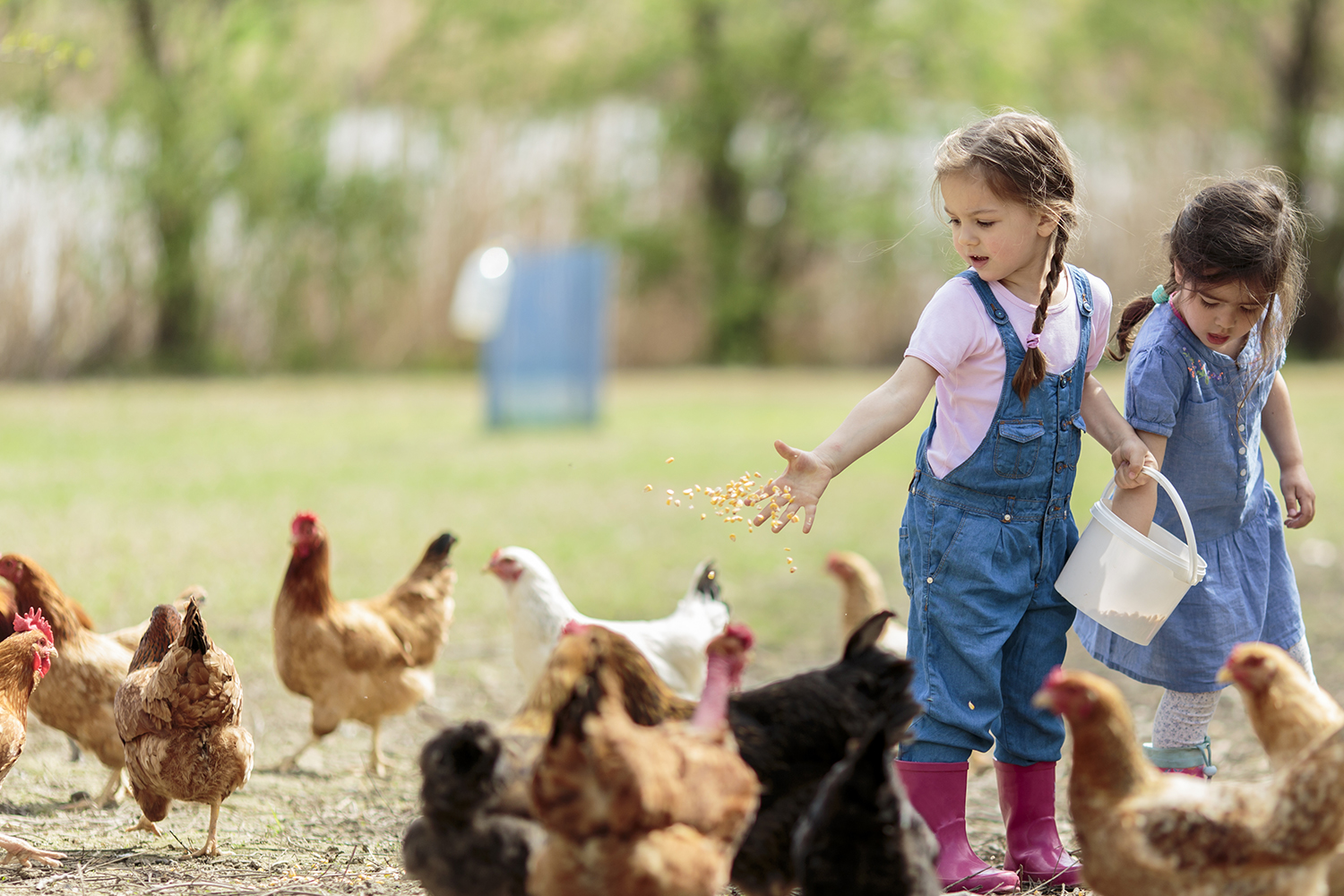Livestock farming and public health: initial results of large-scale study

In 2016, the results of a large-scale study into the health effects of the livestock sector in east Noord Brabant and north Limburg were published. The study showed that living in the vicinity of livestock farms affected public health. Some of those effects are detrimental to health, while others are beneficial, proving how hard it is to give a general answer.
“It turns out that COPD patients living in those areas often have more problems and more serious ones than patients who live farther away from livestock farms,” explains research leader Kitty Maassen. In addition, pneumonia is more common in the research area. Conversely, asthma and nasal allergies are less common among people who live closer to livestock farms. The exact causes of these effects on health are unknown at the moment, but they will be investigated further.
Influence of ammonia
Another conclusion is that people who have many livestock farms in their direct vicinity show decreased pulmonary function. “That is particularly apparent in cases of people who have more than 15 farms in a radius of 1 kilometre of their residence,” according to Maassen. This effect is most likely due to exposure to substances originating from the livestock sector.
However, it is not just the people who live close to livestock farms that exhibit decreased pulmonary function. This effect was observed across the entire research area when there was a high concentration of ammonia in the air. Usually, healthy people would hardly notice this. However, people with respiratory problems may be more affected by it.
Particulates and respiratory infections
Research has also shown that pneumonia is more common in people who live within a distance of 1 kilometre of poultry farms. Maassen: “There have been indications that exposure to substances from livestock farms, such as particulate matter and endotoxins, may make people more susceptible to respiratory infections. Endotoxins are small elements of microorganisms which can cause respiratory irritation.” Even though it is a known fact that poultry farms cause high emissions of particulate matter and endotoxins, other sectors of the livestock industry also contribute to the concentration of these substances in the air.
The research was conducted by RIVM, Utrecht University (IRAS), Wageningen UR and NIVEL. As part of the study, information was collected from GPs, people living in the vicinity of livestock farms completed surveys and approximately 2,500 people were medically examined. Air quality was also tested at various locations around participants’ homes and the distribution of substances was measured at a limited number of poultry and pig farms. The results of the follow-up research will be published in 2017.